 Search by Keyword
|
“NOT A SECOND TIME”
(John Lennon / Paul McCartney)
“Harmonic interest is typical of their quicker songs, and one gets the impression that they think simultaneously of harmony and melody, so firmly are the major tonic sevenths and ninths built into their tunes, and the flat submediant key switches, so natural is the Aeolian cadence at the end of 'Not A Second Time' (the chord progression which ends Mahler's Song of the Earth).”
 This is a quote from William Mann, who was back then the music critic of The Times in London. This article, titled “What Songs The Beatles Sang…,” was printed on December 23rd, 1963, just over a month after the release of the album “With The Beatles” in the UK. This critical analysis was unlike any media exposure The Beatles were getting up to this time, most of which consisted of reports on the mass hysteria that accompanied their appearances. This is a quote from William Mann, who was back then the music critic of The Times in London. This article, titled “What Songs The Beatles Sang…,” was printed on December 23rd, 1963, just over a month after the release of the album “With The Beatles” in the UK. This critical analysis was unlike any media exposure The Beatles were getting up to this time, most of which consisted of reports on the mass hysteria that accompanied their appearances.
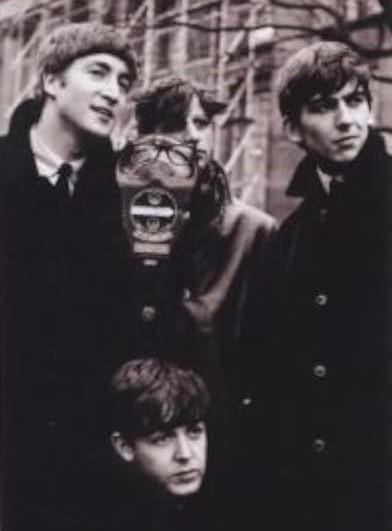 What this article accomplished was the adding of an enormous amount of credibility to The Beatles' music. It assisted in the squelching of complaints from parents that their teenage kids were just idolizing long-haired talentless noise-makers. John Lennon referred to the article in interviews many times over the years, emphasizing that this review was responsible for “starting the whole intellectual bit about The Beatles.” What this article accomplished was the adding of an enormous amount of credibility to The Beatles' music. It assisted in the squelching of complaints from parents that their teenage kids were just idolizing long-haired talentless noise-makers. John Lennon referred to the article in interviews many times over the years, emphasizing that this review was responsible for “starting the whole intellectual bit about The Beatles.”
 The term “Aeolian cadence” became an often mentioned term in the tabloid press at the time, which sounded very impressive with respect to The Beatles’ music, but was viewed as humorous by the group. “I can’t help having a quiet giggle when straight-faced critics start feeding all sorts of hidden meanings into the stuff we write,” Lennon remarked in 1965. “William Mann wrote the intellectual article about The Beatles. He used a whole lot of musical terminology and he’s a twit.” The term “Aeolian cadence” became an often mentioned term in the tabloid press at the time, which sounded very impressive with respect to The Beatles’ music, but was viewed as humorous by the group. “I can’t help having a quiet giggle when straight-faced critics start feeding all sorts of hidden meanings into the stuff we write,” Lennon remarked in 1965. “William Mann wrote the intellectual article about The Beatles. He used a whole lot of musical terminology and he’s a twit.”
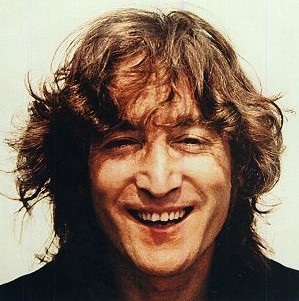 In the '70s, John seemed to change his attitude about this review. “I still don’t know what it means at the end, but he made us acceptable to the intellectuals. It worked and we were flattered. I (composed) ‘Not A Second Time’ and, really, it was just chords like any other chords.” McCartney agreed, saying “we hadn’t been conscious of any of that. We just did our songs in hotel rooms, whenever we had a spare moment, John and I, sitting on twin beds with guitars.” In the '70s, John seemed to change his attitude about this review. “I still don’t know what it means at the end, but he made us acceptable to the intellectuals. It worked and we were flattered. I (composed) ‘Not A Second Time’ and, really, it was just chords like any other chords.” McCartney agreed, saying “we hadn’t been conscious of any of that. We just did our songs in hotel rooms, whenever we had a spare moment, John and I, sitting on twin beds with guitars.”
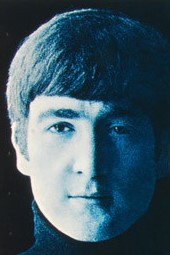 Instinct is what propelled Lennon and McCartney to write what they did over the years, being that they had no formal musical training. They wrote by feel, which John Lennon testified to in 1973: “Intellectuals have the problem of having to understand it. They can’t feel anything. The only way to get an intellectual is to talk to him and then play him the record. You couldn’t put a record on and just let him hear it.” Instinct is what propelled Lennon and McCartney to write what they did over the years, being that they had no formal musical training. They wrote by feel, which John Lennon testified to in 1973: “Intellectuals have the problem of having to understand it. They can’t feel anything. The only way to get an intellectual is to talk to him and then play him the record. You couldn’t put a record on and just let him hear it.”
The effect of William Mann’s review had such a lasting impact that the subject was still raised in a Lennon 1980 interview shortly before his death. His last words on the subject of Aeolian cadences were, “To this day I don’t have any idea what they are. They sound like exotic birds!”
Songwriting History
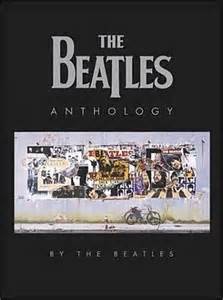 It has been confirmed by both Lennon and McCartney that “Not A Second Time” was written entirely by John. Both of them also confirmed in interviews that John was influenced by Smokey Robinson and the Miracles for the song, Lennon stating in the "Anthology" book that he was "trying to write a Smokey Robinson or something at the time." While Lennon tended to write lyrics first and then fitted the chords and melody around the words, the Smokey Robinson influence can clearly be detected in the melody he wrote to accompany the lyrics, such as the ‘trapped in a controlling relationship’ subject, this also being evidenced in The Miracles' “You've Really Got A Hold On Me,” which was also recorded by The Beatles for the same British "With The Beatles" album. It has been confirmed by both Lennon and McCartney that “Not A Second Time” was written entirely by John. Both of them also confirmed in interviews that John was influenced by Smokey Robinson and the Miracles for the song, Lennon stating in the "Anthology" book that he was "trying to write a Smokey Robinson or something at the time." While Lennon tended to write lyrics first and then fitted the chords and melody around the words, the Smokey Robinson influence can clearly be detected in the melody he wrote to accompany the lyrics, such as the ‘trapped in a controlling relationship’ subject, this also being evidenced in The Miracles' “You've Really Got A Hold On Me,” which was also recorded by The Beatles for the same British "With The Beatles" album.
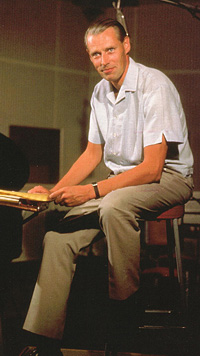 It can be presumed by listening to the finished product that the song was written shortly before being recorded. It appears that John is the only Beatle fully acquainted with the song, as Paul and George’s parts are faintly heard and rudimentary. No vocal harmonies were deemed necessary, although they could have been implemented to great effect if they had been so inclined at the time. Producer George Martin can easily be recognized as contributing the bulk of the musicianship on the recording, as his piano parts dominate throughout. Although no records or interviews exist that detail when the song was written, it can be assumed that it was composed sometime in early September of 1963, just before the recording took place. It can be presumed by listening to the finished product that the song was written shortly before being recorded. It appears that John is the only Beatle fully acquainted with the song, as Paul and George’s parts are faintly heard and rudimentary. No vocal harmonies were deemed necessary, although they could have been implemented to great effect if they had been so inclined at the time. Producer George Martin can easily be recognized as contributing the bulk of the musicianship on the recording, as his piano parts dominate throughout. Although no records or interviews exist that detail when the song was written, it can be assumed that it was composed sometime in early September of 1963, just before the recording took place.
Recording History
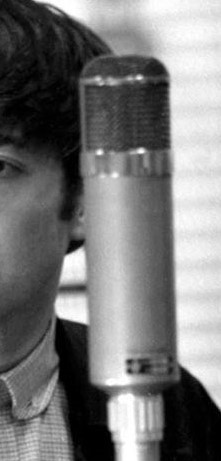 Both afternoon and evening sessions were scheduled in EMI Studio Two on September 11th, 1963. The evening session ran from 7 to 10:15 pm, which began with the band introducing and completing the entire song. Five takes were made of the basic track, which consisted of John singing and all four Beatles playing live. "Take five" was deemed the best, ready for overdubs. Both afternoon and evening sessions were scheduled in EMI Studio Two on September 11th, 1963. The evening session ran from 7 to 10:15 pm, which began with the band introducing and completing the entire song. Five takes were made of the basic track, which consisted of John singing and all four Beatles playing live. "Take five" was deemed the best, ready for overdubs.
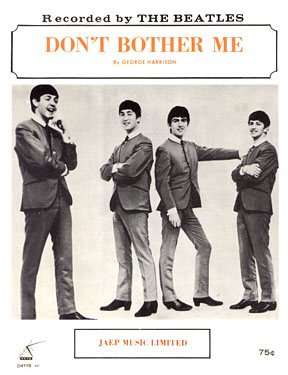 It has been suggested by some sources that McCartney did not participate at all, since the piano part (which was overdubbed afterward by George Martin) focuses on the bass notes of the song. The same has been said about George Harrison’s contribution, since only one guitar can be detected in the released recording. We do know with certainty that both McCartney and Harrison were present earlier this day for the recording of “All I’ve Got To Do,” in which their contributions can easily be heard. Surely Harrison would have also been present for the evening session, since his composition “Don’t Bother Me” was premiered that day. All evidence suggests, therefore, that these five takes of the basic track were recorded by all four Beatles. It has been suggested by some sources that McCartney did not participate at all, since the piano part (which was overdubbed afterward by George Martin) focuses on the bass notes of the song. The same has been said about George Harrison’s contribution, since only one guitar can be detected in the released recording. We do know with certainty that both McCartney and Harrison were present earlier this day for the recording of “All I’ve Got To Do,” in which their contributions can easily be heard. Surely Harrison would have also been present for the evening session, since his composition “Don’t Bother Me” was premiered that day. All evidence suggests, therefore, that these five takes of the basic track were recorded by all four Beatles.
 After "take five" of the rhythm track for "Not A Second Time" was deemed the best, overdubs were determined to be needed. While the two-track tape of "take five" was re-recorded onto another two-track machine, John double-tracked his vocal part, two attempts possibly being made, these being designated as "take six" and "take seven." Afterward, while this second two-track tape was being re-recorded onto yet another two-track machine, a piano part was simultaneously overdubbed by George Martin, complete with solo, two attempts apparently being made. In the end, "take nine" was the keeper, which completed the recording of "Not A Second Time" in one day. All of this took place between the estimated time of 7 and 8:30 pm. After "take five" of the rhythm track for "Not A Second Time" was deemed the best, overdubs were determined to be needed. While the two-track tape of "take five" was re-recorded onto another two-track machine, John double-tracked his vocal part, two attempts possibly being made, these being designated as "take six" and "take seven." Afterward, while this second two-track tape was being re-recorded onto yet another two-track machine, a piano part was simultaneously overdubbed by George Martin, complete with solo, two attempts apparently being made. In the end, "take nine" was the keeper, which completed the recording of "Not A Second Time" in one day. All of this took place between the estimated time of 7 and 8:30 pm.
 The mono mix of the song was made from "take nine" on September 30th, 1963, along with four other songs for the "With The Beatles" album. This mix was performed by George Martin with engineers Norman Smith and Geoff Emerick. The stereo mix was created very quickly, along with the rest of the entire album, on October 29th, 1963 by George Martin, Norman Smith, Geoff Emerick and the mysterious B.T. The fade out of the songs were each performed at their respective mixing sessions. The mono mix of the song was made from "take nine" on September 30th, 1963, along with four other songs for the "With The Beatles" album. This mix was performed by George Martin with engineers Norman Smith and Geoff Emerick. The stereo mix was created very quickly, along with the rest of the entire album, on October 29th, 1963 by George Martin, Norman Smith, Geoff Emerick and the mysterious B.T. The fade out of the songs were each performed at their respective mixing sessions.
Song Structure and Style
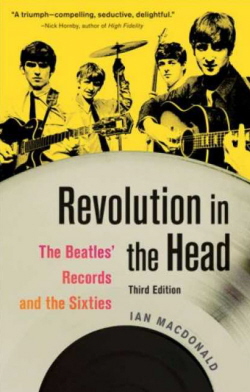 John Lennon has been known to stray drastically from the conformities of songwriting structures, but it is not usually detected this early on in The Beatles' career. "Not A Second Time" has quite a lot of unorthodoxies which can become confusing when analyzed. Musicologist Ian MacDonald, in his book "Revolution In The Head," describes the structure of the song as "a rambling affair composed of an irregular fourteen-bar verse joined to a ten-bar chorus which sounds like a middle eight." John Lennon has been known to stray drastically from the conformities of songwriting structures, but it is not usually detected this early on in The Beatles' career. "Not A Second Time" has quite a lot of unorthodoxies which can become confusing when analyzed. Musicologist Ian MacDonald, in his book "Revolution In The Head," describes the structure of the song as "a rambling affair composed of an irregular fourteen-bar verse joined to a ten-bar chorus which sounds like a middle eight."
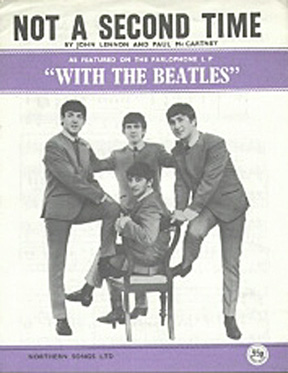 To generalize the song, we see a 'verse/ verse/ refrain' structure (or aab) which, on the surface, seems not unlike the structure for “All My Loving.” But, first of all, the second verse is a variant of the first, which makes the second verse unique. Also, as stated above, a solo section is included in the song but, in this case, it is played on top of the refrain chords, which is quite unusual, especially since it appears right after the true refrain is heard. We then hear an exact repeat of this pattern with the same lyrics, so in essence, we hear the same song twice in a row. Then we have a conclusion, or "outro" if you will, which is a variation on the initial verse but is in actuality quite different. So, if we’re going to be exact, the complete structure of this song is ‘initial verse/ variant verse /refrain/ refrain/ initial verse/ variant verse/ refrain/ outro’ (or abccabcd). And if we’re all not confused already, each verse is an unusual seven measures long, while each refrain is an equally unusual ten measures long. To generalize the song, we see a 'verse/ verse/ refrain' structure (or aab) which, on the surface, seems not unlike the structure for “All My Loving.” But, first of all, the second verse is a variant of the first, which makes the second verse unique. Also, as stated above, a solo section is included in the song but, in this case, it is played on top of the refrain chords, which is quite unusual, especially since it appears right after the true refrain is heard. We then hear an exact repeat of this pattern with the same lyrics, so in essence, we hear the same song twice in a row. Then we have a conclusion, or "outro" if you will, which is a variation on the initial verse but is in actuality quite different. So, if we’re going to be exact, the complete structure of this song is ‘initial verse/ variant verse /refrain/ refrain/ initial verse/ variant verse/ refrain/ outro’ (or abccabcd). And if we’re all not confused already, each verse is an unusual seven measures long, while each refrain is an equally unusual ten measures long.
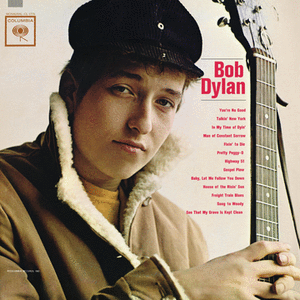 Is this to say that Lennon didn’t know what he was doing? Or was he a genius? The verdict is actually both. While it is true that John was not musically trained and couldn’t read music, he was truly gifted with an ability to express the emotions of what he witnessed in the music he listened to. If he was currently enamored with Smokey Robinson at a given time (as he was during this album), he could vividly express the emotions and sentiments of what those songs portrayed. If Bob Dylan was John's current inspiration (as evidenced in late ’64 and early ’65), then we can easily hear the influence. Lennon may have downplayed his songwriting abilities, as he once stated, “It’s a bit haphazard; there’s no rules for writing,” he’s also admitted that he wrote by “feel.” Those feelings, tempered by the structural collaborations from McCartney, made them the outstanding songwriting partnership that they are known for today. In the instance of “Not A Second Time,” we see the example of songwriting by "feel" in its rawest form, since Lennon wrote the song completely on his own. Is this to say that Lennon didn’t know what he was doing? Or was he a genius? The verdict is actually both. While it is true that John was not musically trained and couldn’t read music, he was truly gifted with an ability to express the emotions of what he witnessed in the music he listened to. If he was currently enamored with Smokey Robinson at a given time (as he was during this album), he could vividly express the emotions and sentiments of what those songs portrayed. If Bob Dylan was John's current inspiration (as evidenced in late ’64 and early ’65), then we can easily hear the influence. Lennon may have downplayed his songwriting abilities, as he once stated, “It’s a bit haphazard; there’s no rules for writing,” he’s also admitted that he wrote by “feel.” Those feelings, tempered by the structural collaborations from McCartney, made them the outstanding songwriting partnership that they are known for today. In the instance of “Not A Second Time,” we see the example of songwriting by "feel" in its rawest form, since Lennon wrote the song completely on his own.
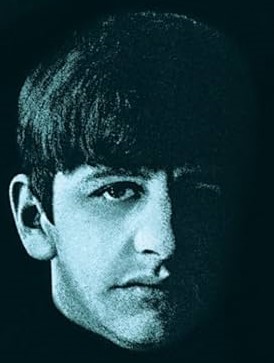 A step-by-step run through of the song starts off with an abrupt beginning of the first initial verse with no introduction. We get the impression of an introduction because of Ringo not coming in on the drums until the fifth measure, which is quite a unique occurrence in The Beatles' catalog. After this seven measure first verse, they immediately go into a seven measure "variant verse," starting identically (almost sounding like a continuation of the first verse) but veers to a minor chord in the sixth measure. This variation of the verse creates an expectation of the refrain which it naturally proceeds to. A step-by-step run through of the song starts off with an abrupt beginning of the first initial verse with no introduction. We get the impression of an introduction because of Ringo not coming in on the drums until the fifth measure, which is quite a unique occurrence in The Beatles' catalog. After this seven measure first verse, they immediately go into a seven measure "variant verse," starting identically (almost sounding like a continuation of the first verse) but veers to a minor chord in the sixth measure. This variation of the verse creates an expectation of the refrain which it naturally proceeds to.
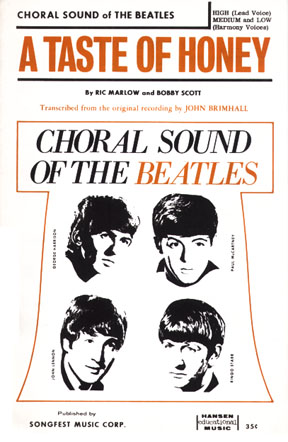 The ten measure refrain is also unique in that it doesn’t have the catchy tuneful melody that similar songs have, such as “All My Loving” and “A Taste Of Honey.” It does contain the gist of the song’s message, as well as ending with the title of the song, but since it concludes in an E minor instead of the expected signature chord of G major, this somewhat downbeat turn suggests that the song's sentiments are more painful than the lyrics are actually saying. The refrain ends with a "Beatles break" in which Ringo utilizes a precise drum fill in the absence of all other instrumentation. The ten measure refrain is also unique in that it doesn’t have the catchy tuneful melody that similar songs have, such as “All My Loving” and “A Taste Of Honey.” It does contain the gist of the song’s message, as well as ending with the title of the song, but since it concludes in an E minor instead of the expected signature chord of G major, this somewhat downbeat turn suggests that the song's sentiments are more painful than the lyrics are actually saying. The refrain ends with a "Beatles break" in which Ringo utilizes a precise drum fill in the absence of all other instrumentation.
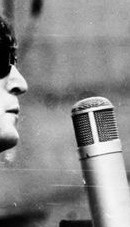 Next we hear the solo section which, as stated earlier, uses the chord pattern and melody line of the refrain that preceded it. After a repeat of the "Beatles break" and drum fill, we hear the exact pattern again, lyrics and all, with only a very slight variation in the melody line in the seventh measure of the initial verse. We then hear the outro in which the first two chords of the song are repeated until the song fades, while Lennon repeats the title in varying configurations. Next we hear the solo section which, as stated earlier, uses the chord pattern and melody line of the refrain that preceded it. After a repeat of the "Beatles break" and drum fill, we hear the exact pattern again, lyrics and all, with only a very slight variation in the melody line in the seventh measure of the initial verse. We then hear the outro in which the first two chords of the song are repeated until the song fades, while Lennon repeats the title in varying configurations.
 Lennon’s double-tracked vocals stray quite a bit from each other during the song's fade out, displaying the results of a mistake that sounded too good to correct. Concerning these accidents, Geoff Emerick explains, “When someone made a mistake like that and the other (Beatles) liked it, we’d often actually make it louder when we’d mix the song so as to accentuate it…It was all about playing a joke on the fans, giving them a treat, something to talk about.” Lennon’s double-tracked vocals stray quite a bit from each other during the song's fade out, displaying the results of a mistake that sounded too good to correct. Concerning these accidents, Geoff Emerick explains, “When someone made a mistake like that and the other (Beatles) liked it, we’d often actually make it louder when we’d mix the song so as to accentuate it…It was all about playing a joke on the fans, giving them a treat, something to talk about.”
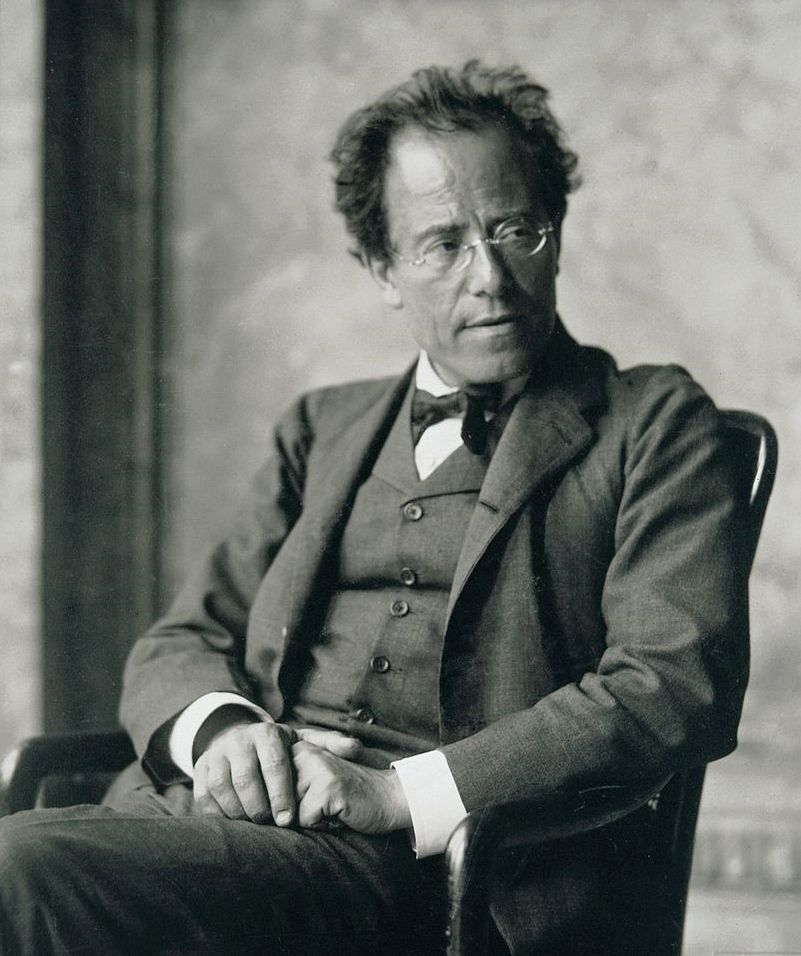 On the surface, John Lennon’s lyrics portray being wounded by a lover who has ended the relationship, but then ‘changes her mind’ and tries to convince him using the “same old lines.” He can’t face the possibility of being hurt all over again so his resolve is not to allow her back into his life. But in the true fashion of Smokey Robinson, the context of the chord pattern that ends the refrain, as in Gustav Mahler's Song of the Earth, intimates that he is actually wavering in this resolve. Why else, it is suggested, would the refrain end in a minor chord when stating the key phrase “not a second time” instead of the expected major signature chord? Deep stuff! On the surface, John Lennon’s lyrics portray being wounded by a lover who has ended the relationship, but then ‘changes her mind’ and tries to convince him using the “same old lines.” He can’t face the possibility of being hurt all over again so his resolve is not to allow her back into his life. But in the true fashion of Smokey Robinson, the context of the chord pattern that ends the refrain, as in Gustav Mahler's Song of the Earth, intimates that he is actually wavering in this resolve. Why else, it is suggested, would the refrain end in a minor chord when stating the key phrase “not a second time” instead of the expected major signature chord? Deep stuff!
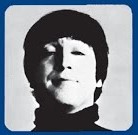 We also see here another example of John revealing his vulnerable inner self apart from his rough exterior. The word “cry” is highlighted many times in the song, as is evident in many of his songs throughout their career. We also see here another example of John revealing his vulnerable inner self apart from his rough exterior. The word “cry” is highlighted many times in the song, as is evident in many of his songs throughout their career.
Lennon’s vocal work is painfully convincing throughout, with the usual double-tracking being utilized to good effect. Since the first vocal track and Lennon’s acoustic guitar were recorded simultaneously, it can be easily seen how the song would stand alone as a singer / songwriter acoustic solo performance.
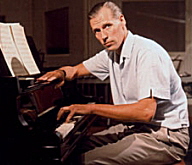 Ringo comes through as a trooper in a song which he was not very familiar with, but with amazing aplomb. His rock-steady beat and predetermined drum fills are very appropriate for this classy and somewhat intellectual number. George Martin’s appearance as pianist makes the song appear to be a keyboard-oriented track, although its composer no doubt intended it as a predominantly acoustic guitar song. Fortunately, George Martin does not "showboat" the song, which allows its intricate nature to speak for itself. His lower register keyboard work throughout, including the solo, suited the emotional disruption of the lyrics. With two sets of overdubs being recorded, the released result being a third generation recording, Paul's bass and George's guitar contributions seem to be lost in the shuffle, reduced so far back in the mix to be nearly indiscernible on the released version. Ringo comes through as a trooper in a song which he was not very familiar with, but with amazing aplomb. His rock-steady beat and predetermined drum fills are very appropriate for this classy and somewhat intellectual number. George Martin’s appearance as pianist makes the song appear to be a keyboard-oriented track, although its composer no doubt intended it as a predominantly acoustic guitar song. Fortunately, George Martin does not "showboat" the song, which allows its intricate nature to speak for itself. His lower register keyboard work throughout, including the solo, suited the emotional disruption of the lyrics. With two sets of overdubs being recorded, the released result being a third generation recording, Paul's bass and George's guitar contributions seem to be lost in the shuffle, reduced so far back in the mix to be nearly indiscernible on the released version.
 Capitol's "Meet The Beatles!" album
|
American Releases
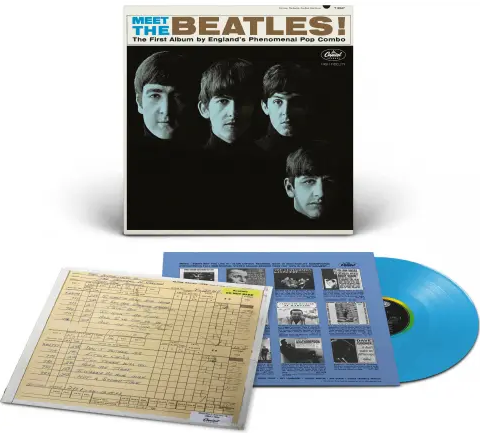 January 20th, 1964, was the first American release of “Not A Second Time,” which was on the first Capitol album “Meet The Beatles!” Since the song wasn’t a hit and didn’t get substantial airplay, it did not make it onto any compilation or "greatest hits" package to date. The song remains a highly respected addition to their first Capitol album. Incidentally, mono copies of this album contained a "Type B" foldover mix of the song created by Capitol Records that combined both channels of the stereo mix into one instead of the legitimate mono mix originally created by George Martin in 1963. This album was finally released on an individual compact disc on January 21st, 2014, both the mono and stereo mixes being contained on a single CD. A mono edition of the album on opaque blue vinyl was then released on November 22nd, 2024 for sale exclusively at Target stores. January 20th, 1964, was the first American release of “Not A Second Time,” which was on the first Capitol album “Meet The Beatles!” Since the song wasn’t a hit and didn’t get substantial airplay, it did not make it onto any compilation or "greatest hits" package to date. The song remains a highly respected addition to their first Capitol album. Incidentally, mono copies of this album contained a "Type B" foldover mix of the song created by Capitol Records that combined both channels of the stereo mix into one instead of the legitimate mono mix originally created by George Martin in 1963. This album was finally released on an individual compact disc on January 21st, 2014, both the mono and stereo mixes being contained on a single CD. A mono edition of the album on opaque blue vinyl was then released on November 22nd, 2024 for sale exclusively at Target stores.
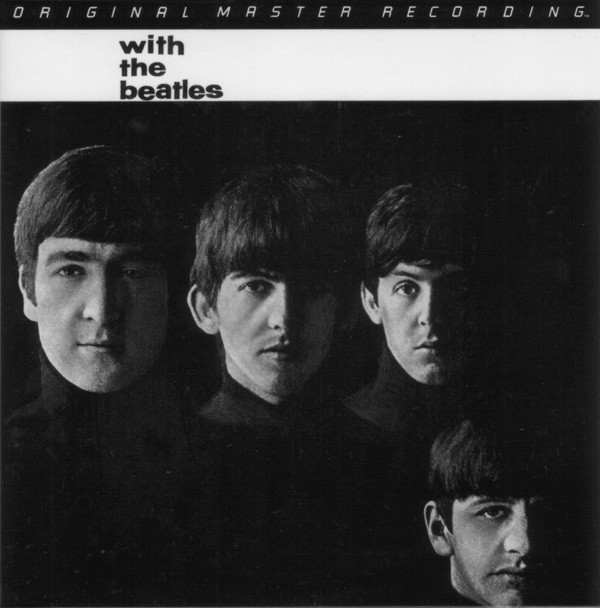 The first time the original British "With The Beatles" album was made available in the US was the "Original Master Recording" vinyl edition released through Mobile Fidelity Sound Lab in January of 1987. This album included "Not A Second Time" and was prepared utilizing half-speed mastering technology from the original master tape on loan from EMI. This version of the album had a limited production, reportedly because of a damaged metal part that was needed for pressing the vinyl. Therefore, this album is said to be the rarest and most valuable Beatles album in the “Original Master Recording” series. The first time the original British "With The Beatles" album was made available in the US was the "Original Master Recording" vinyl edition released through Mobile Fidelity Sound Lab in January of 1987. This album included "Not A Second Time" and was prepared utilizing half-speed mastering technology from the original master tape on loan from EMI. This version of the album had a limited production, reportedly because of a damaged metal part that was needed for pressing the vinyl. Therefore, this album is said to be the rarest and most valuable Beatles album in the “Original Master Recording” series.
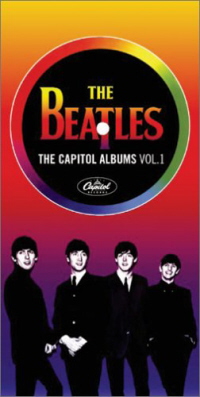 February 26th, 1987 saw the song released in mono on the original British "With The Beatles" album on compact disc, a vinyl edition later being released on July 21st, 1987. The remastered CD version released on September 9th, 2009 brought the album into stereo, the vinyl edition coming out on November 13th, 2012. February 26th, 1987 saw the song released in mono on the original British "With The Beatles" album on compact disc, a vinyl edition later being released on July 21st, 1987. The remastered CD version released on September 9th, 2009 brought the album into stereo, the vinyl edition coming out on November 13th, 2012.
The box set “The Capitol Albums, Vol. 1” was released on November 15th, 2006 which contained the song in stereo and "Type B" foldover mono as first heard on the original "Meet The Beatles!" album.
September 9th, 2009 was also the date the CD box set “The Beatles In Mono” was released which features a crystal clear remastered mono version of "Not A Second Time." The vinyl edition of this box set was first released on September 9th, 2014.
Live Performances
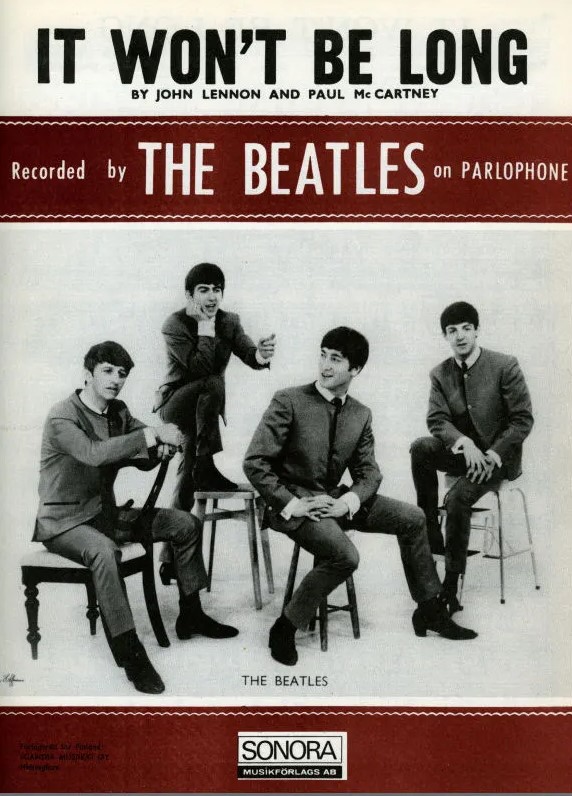 Like other songs of this period, such as “All I’ve Got To Do” and “It Won’t Be Long,” this song was not intended for live performances. Therefore, the song was never performed live by The Beatles or any of their individual members. They never performed it in any of their BBC radio performances either. As far as any sources can confirm, September 11th, 1963 was the first and last day they ever played the song, individually or collectively. Like other songs of this period, such as “All I’ve Got To Do” and “It Won’t Be Long,” this song was not intended for live performances. Therefore, the song was never performed live by The Beatles or any of their individual members. They never performed it in any of their BBC radio performances either. As far as any sources can confirm, September 11th, 1963 was the first and last day they ever played the song, individually or collectively.
Conclusion
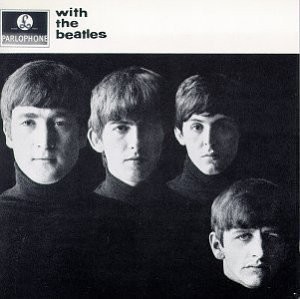 Far from being considered as "album filler," Lennon remained proud of this song, spurred on by William Mann’s positive appraisal of it in December of 1963. It is a serious piece of work from start to finish, this effect highlighted by the song following the lighthearted and simple-minded lyrics of both “Hold Me Tight” and “I Wanna Be Your Man.” Far from being considered as "album filler," Lennon remained proud of this song, spurred on by William Mann’s positive appraisal of it in December of 1963. It is a serious piece of work from start to finish, this effect highlighted by the song following the lighthearted and simple-minded lyrics of both “Hold Me Tight” and “I Wanna Be Your Man.”
Its less-than-flattering position on the British “With The Beatles” album of next to last on side two does not do this fine piece of work justice. It works far better as we’ve come to know it in the US, as the final word on their first Capitol album. It is as if they were saying: “We are serious songwriters with much future potential.” History has definitely proven this to be true.
Song Summary
“Not A Second Time”
Written by: John Lennon / Paul McCartney
- Song Written: September 1963
- Song Recorded: September 11, 1963
- First US Release Date: January 20, 1964
- First US Album Release: Capitol #ST-2047 “Meet The Beatles!”
- US Single Release: n/a
- Highest Chart Position: n/a
- British Album Release: Parlophone #PCS 3045 “With The Beatles”
- Length: 2:08
- Key: G major
- Producer: George Martin
- Engineers: Norman Smith, Richard Langham
Instrumentation (most likely):
- John Lennon – Lead Vocals, Rhythm Guitar (1962 Gibson J150E)
- Ringo Starr – Drums (1963 Ludwig Downbeat Black Oyster Pearl)
- Paul McCartney - Bass Guitar (1961 Hofner 500/1)
- George Harrison – Rhythm Guitar (1962 Gretsch 6122 Country Gentleman)
- George Martin - Piano (Baldwin Satin Ebony Grand)
Written and compiled by David Rybaczewski
|
IF YOU WOULD LIKE TO MAKE A DONATION TO KEEP THIS WEBSITE UP AND RUNNING, PLEASE CLICK BELOW!
Sign Up Below for our MONTHLY BEATLES TRIVIA QUIZ!
|